
What is the difference between CPL and BoM?
Understanding CPL and BoM Before we dive into the differences between CPL and BoM, let’s first establish a clear understanding of what each term means.[…]
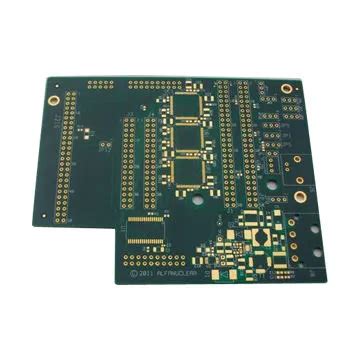
What are PCB Warp & Twist?
Understanding PCB Warp PCB warp refers to the deviation of a PCB from its intended flat shape. When a PCB is warped, it has a[…]
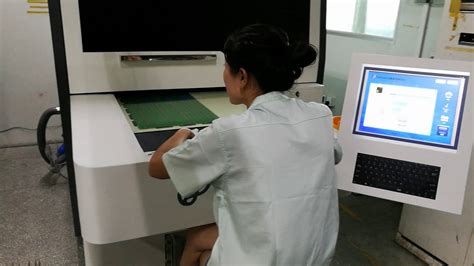
What is the legend of a PCB?
Introduction to PCB Legend A PCB (Printed Circuit Board) legend, also known as silkscreen or component legend, is an essential part of any PCB design.[…]

Drill & Slot editor – Classifying drill and slot data
Introduction to Drill-Slot-Classification Drill-Slot-Classification is a critical process in the manufacturing and engineering industries, particularly in the aerospace, automotive, and construction sectors. It involves categorizing[…]
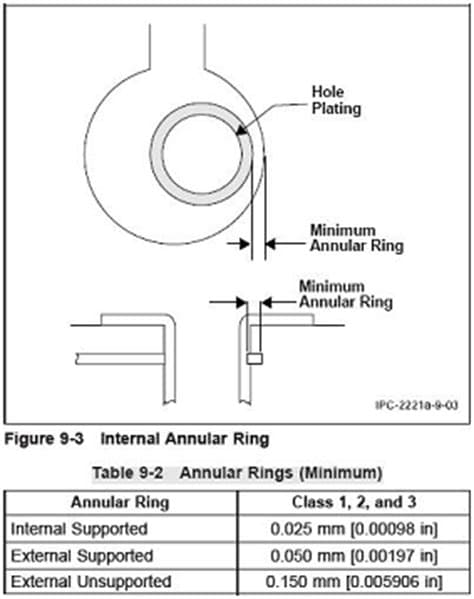
What is Outer Annular Ring (OAR)?
What is an Outer Annular Ring? An Outer Annular Ring is a circular component that is typically installed around a rotating shaft or bearing. It[…]
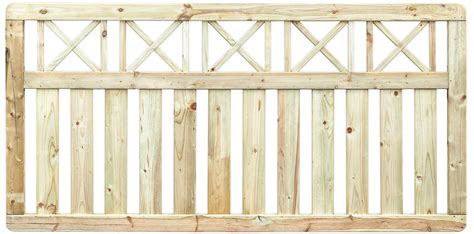
What is the panel border?
The Importance of Panel borders Panel borders serve several essential functions in comic book art: Separating panels: Panel borders create distinct spaces for each image,[…]
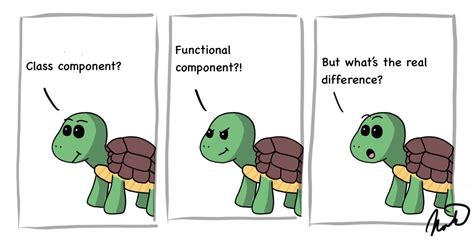
What is class component and Functional component?
Defining Class Components and Functional Components Class Components A class component in React is defined as an ES6 class that extends the React.Component base class.[…]

What is HAL lead-free?
Composition of HAL lead-free solder HAL lead-free solder typically consists of a combination of tin (Sn), silver (Ag), and copper (Cu). The most common composition[…]

What are through holes on a PCB?
Introduction to PCB Through-Holes Printed Circuit Boards (PCBs) are essential components in modern electronics. They provide a platform for mounting and connecting various electronic components[…]

Understanding Manufacturing Tolerances on a PCB – Track Width and Isolation Gap Tolerances
What are PCB Tolerances? PCB (Printed Circuit Board) tolerances refer to the acceptable variations in the dimensions and properties of a PCB during the manufacturing[…]